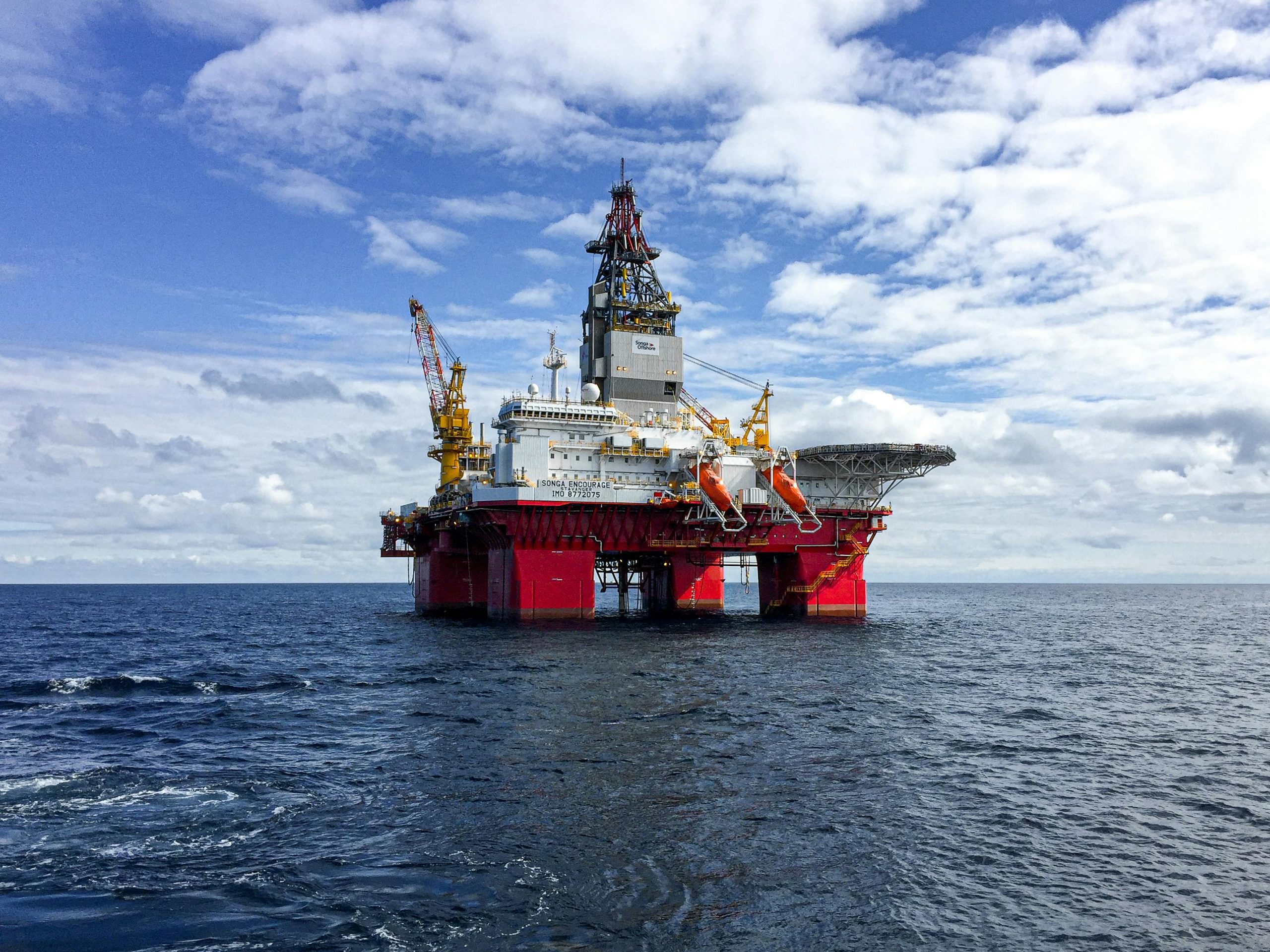Introduction
In recent years, the maritime industry has faced increased scrutiny over its environmental impact, particularly concerning the use of heavy fuel oil (HFO) in ships. This high-sulfur fuel, while economically advantageous, poses significant environmental and health risks due to its high emissions of sulfur oxides (SOx), nitrogen oxides (NOx), and particulates. This article explores the global movement towards the heavy fuel oil removal from ships, underscored by recent regulatory changes, technological advancements, and the shift toward cleaner alternatives.
Understanding Heavy Fuel Oil and Its Impact
Heavy fuel oil is a thick, tar-like fuel which is a residual product from the crude oil refining process. It has been the shipping industry’s main fuel choice due to its low cost. However, its environmental footprint is concerning, as it emits higher levels of harmful pollutants compared to lighter, cleaner fuels.
Regulatory Landscape Shaping HFO Use
The shift away from HFO is largely driven by regulatory changes aimed at reducing maritime pollution. Notable among these is the International Maritime Organization’s (IMO) 2020 global sulfur cap, which reduces the allowable sulfur content in ship fuel from 3.5% to 0.5% globally. This regulation is part of the broader IMO 2020 strategy, aiming to decrease overall maritime emissions by 50% by 2050 compared to 2008 levels.
Challenges of Removing Heavy Fuel Oil
Transitioning away from HFO is not without challenges:
- Economic Implications: The switch to lower-sulfur alternatives or new technologies involves significant retrofitting costs and increased operational expenses.
- Supply and Infrastructure: Adequate availability of cleaner fuels like low-sulfur fuel oil (LSFO), marine gas oil (MGO), or liquefied natural gas (LNG) and the necessary bunkering infrastructure are still in development stages in many parts of the world.
- Technical Challenges: Adapting existing engines and fuel systems to handle new types of fuels can be technically demanding and costly.
Advancements in Fuel Technology
In response to these challenges, the industry has seen remarkable technological advancements:
- Scrubber Technology: One immediate solution for continuing the use of HFO is the installation of scrubbers, which clean exhaust gases before they are released into the atmosphere. However, this technology faces criticism for transferring pollution from air to sea.
- Alternative Fuels: There is increasing exploration into biofuels, LNG, hydrogen, and ammonia as long-term sustainable alternatives to HFO. Each comes with its own set of technological, economic, and infrastructural challenges.
- Hybrid and Electric Propulsion: Innovations in battery technology and renewable energy are paving the way for hybrid and fully electric propulsion systems in maritime vessels.
Global Initiatives and Current Events
Recent events and initiatives highlight the global commitment to phasing out HFO:
- Arctic Ban on HFO: Recognizing the unique vulnerability of Arctic ecosystems, the IMO has agreed to ban the use and carriage of heavy fuel oil in the Arctic from July 2024. This decision underscores a significant pivot towards protecting sensitive environments from the risks posed by HFO.
- European Green Deal: As part of its ambitious plan to become the first climate-neutral continent by 2050, the European Union is pushing for a rapid decrease in maritime emissions, which will involve phasing out the use of HFO in European waters.
- Corporate Commitments: Major shipping companies like Maersk have pledged to eliminate carbon emissions from their operations by 2050, signaling a shift towards more sustainable fuel options beyond HFO.
Case Studies of Transition Away from HFO
Several case studies exemplify successful transitions away from heavy fuel oil:
- Maersk’s Move to Biofuels: Maersk tested a new biofuel blend for powering ships, which reduced carbon emissions significantly without major modifications to existing engines.
- The LNG-Powered Cruise Ships of Carnival Corporation: Carnival has started incorporating LNG-powered ships into their fleet, which emit virtually no SOx and significantly lower amounts of greenhouse gases compared to HFO-powered ships.
- The Solomon Islands Oil Spill Response: In the Solomon Islands that happened in early 2019 faced a significant environmental crisis when a bulk carrier ran aground, spilling large amounts of oil near a UNESCO World Heritage site. This incident underscored the dangers of HFO and spurred local and international efforts to enhance spill response capabilities and accelerate the shift towards safer, cleaner shipping fuels. The heavy fuel oil removal from ships cleanup efforts involved international aid and highlighted the need for stricter regulations and better-preparedness in sensitive ecological zones, pushing for a faster phase-out of HFO in areas vulnerable to spills.
Future Trends in Marine Fuel
The future of marine fuel is characterized by diversity and innovation. While LNG and scrubbers are seen as transitional solutions, the focus is gradually shifting towards fully renewable sources:
- Development of Green Ports: Ports around the world are developing facilities for new fuels, including LNG, hydrogen, and electricity, supporting the global fleet in transitioning away from HFO.
- Research into Hydrogen and Ammonia: These fuels are considered the frontrunners for the next generation of zero-emission vessels, with multiple pilot projects and studies underway to address their storage and safety challenges.
Conclusion
The removal of heavy fuel oil from ships represents a critical step towards a more sustainable maritime industry. Driven by stringent regulations, technological progress, and growing environmental consciousness, this transition not only promises reduced pollution and cleaner oceans but also heralds a new era in maritime fuel technology. As the industry continues to evolve, the commitment to abandoning heavy fuel oil will likely strengthen, marking a significant shift in how the world’s shipping operates, with profound implications for global environmental health and safety.


